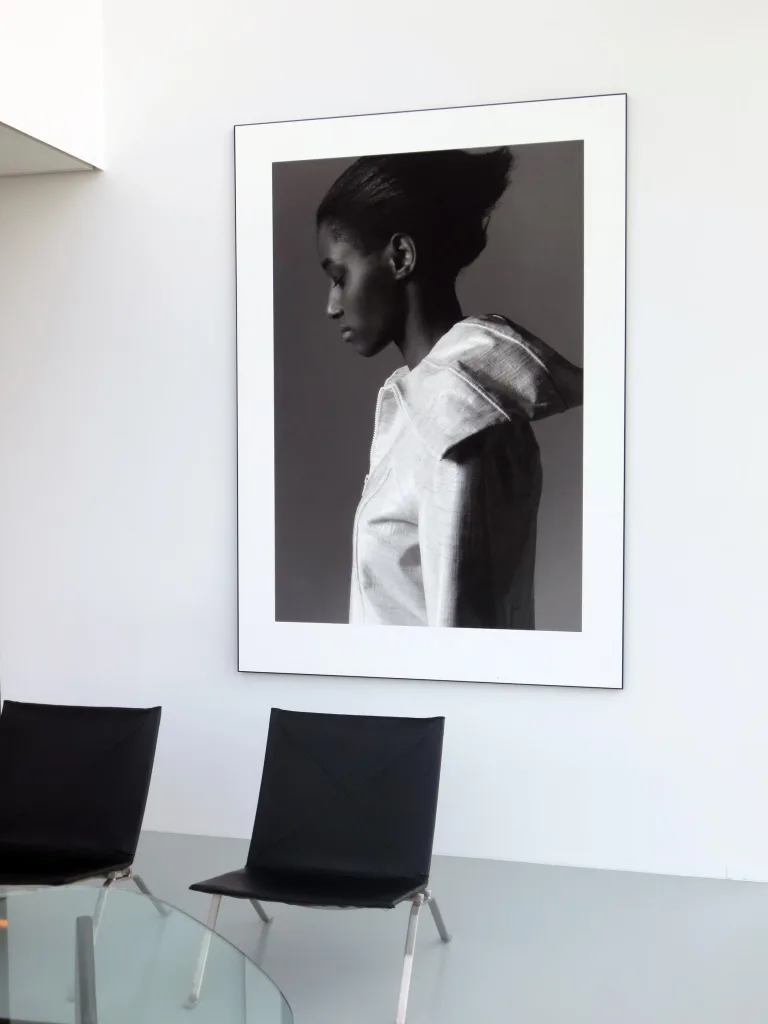The art world has long been dominated by the idea of owning a piece of art. With the rise of the sharing economy and changing consumer behavior, art rental is becoming an increasingly attractive option for collectors. But what are the benefits and drawbacks of renting art versus buying it outright?
According to Sorella Acosta, founder of OOA Gallery, the answer can be found by understanding the diverse demographics of art buyers. In an interview with the Art Network Africa, she noted that the new generation of art buyers are different from their older counterparts. They are more focused on the investment potential of art and are not as sentimental as the older generation about owning a piece. This shift in attitude has led to a rise in online art marketplaces like Artsy, where younger collectors can browse and buy art with ease. In contrast, older collectors tend to frequent galleries regularly, seeking art with sentimental value that can be passed down as a legacy.



Owning art can be a deeply personal and fulfilling experience. It allows collectors to fully immerse themselves in the artwork, enjoying it in their own space and at their own pace. Owning art also provides a sense of permanence and control, as collectors can decide how and where to display the artwork. However, owning art also comes with significant costs and responsibilities. Purchasing a piece of art can be a substantial investment, and collectors must also consider the costs of insuring, conserving, and storing the artwork. Additionally, owning art can be a long-term commitment, as collectors may feel obligated to keep the artwork for an extended period.
So, what are the benefits of renting art? For one, it provides an opportunity for collectors to enjoy a piece of art without the long-term commitment of ownership. This can be particularly appealing to those who value flexibility and variety in their art collections. Accordingly, art rental services can democratize art, increasing accessibility and engagement with contemporary art, and making it more accessible to a wider audience.
Renting art also opens up new business models for galleries and emerging artists. Sorella remarks that the business-to-business model is better suited for art rental, as it allows galleries to partner with businesses and provide art that enhances their spaces. By partnering with interior designers, offices, and hotels, galleries can offer art rental services that provide exposure and monetary rewards for artists. This creates a win-win scenario for all involved: artists gain visibility, businesses receive curated art pieces that align with their themes, and galleries unlock new revenue streams.

That being said, there are also drawbacks to renting art. For instance, renters may not have the same level of control over the artwork as owners do. Moreover, the rental period may be limited, and the renter may not have the option to purchase the artwork at the end of the rental period.
In conclusion, whether to own or rent art ultimately depends on individual preferences and goals. For those who value flexibility and variety, renting art may be the better option. However, for those who seek to build a long-term art collection or own a piece with sentimental value, buying may be the way to go. As the art market continues to evolve, it will be interesting to see how the dynamics of owning and renting art shift in response to changing consumer behaviors and preferences.


